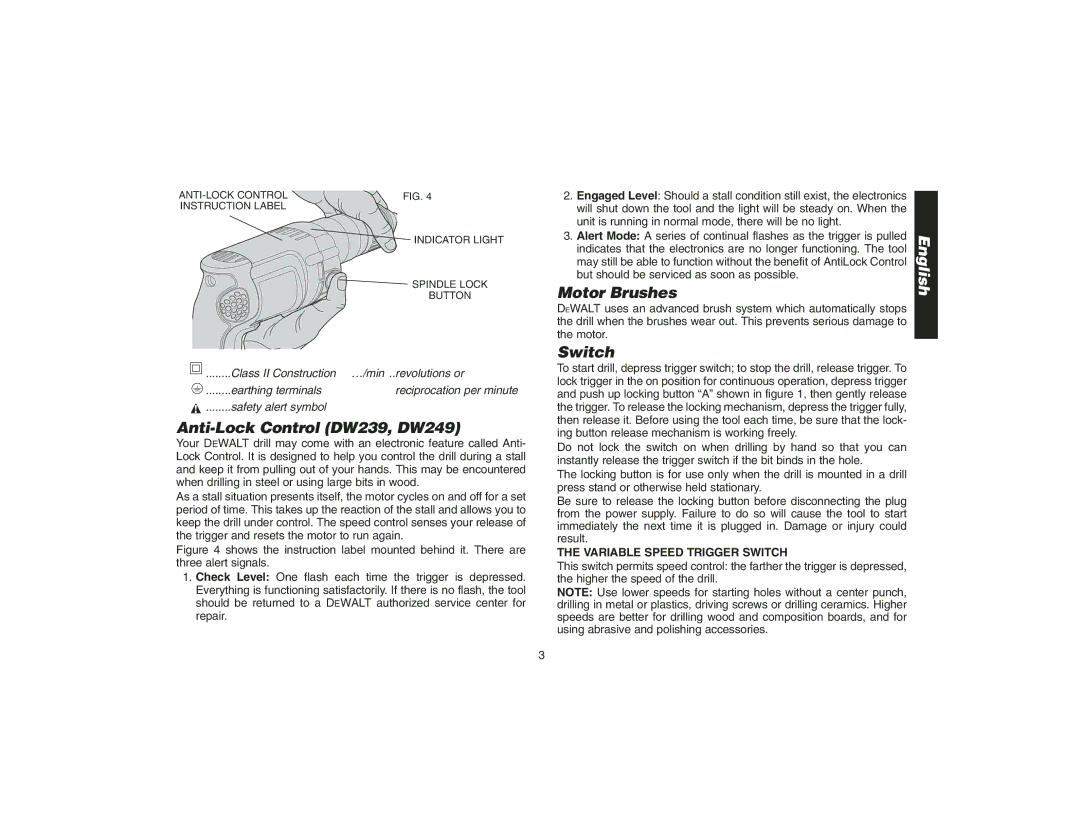DW217 specifications
The Epson DW217 is a versatile and innovative multifunction printer that caters to both home and small office needs. Renowned for its reliability and efficiency, the DW217 combines print, copy, scan, and fax features in a compact design, making it an ideal choice for users requiring multifunctionality without compromising on space.One of the standout features of the Epson DW217 is its cutting-edge PrecisionCore technology. This advanced inkjet printing technology delivers high-quality prints with sharp text and vibrant images. Users can expect professional-quality output, whether producing business documents or creative projects. The PrecisionCore technology also enhances print speeds, making it possible to print more pages in less time, which is crucial for busy environments.
Another significant characteristic of the DW217 is its impressive paper handling capabilities. The printer comes with a generous paper tray that accommodates a variety of media sizes, including letter, legal, and envelopes. This flexibility allows users to tackle different printing tasks seamlessly, from simple reports to more complex presentations.
Connectivity is also a strong feature of the Epson DW217. It supports wireless printing via Wi-Fi, allowing users to print from their smartphones, tablets, or laptops without the need for cumbersome cables. Additionally, compatibility with various mobile printing applications such as Google Cloud Print and Apple AirPrint enhances its usability and convenience for users frequently on the go.
The DW217 is designed with user-friendliness in mind. Its intuitive control panel and LCD display simplify navigation through its various functions, making it easy for users of all skill levels to operate. The printer also features a fast warm-up time, reducing waiting periods before the first print is ready.
Epson emphasizes environmental responsibility with the DW217 by incorporating energy-efficient design elements. It operates using less power compared to traditional laser printers, helping to reduce the carbon footprint of users. Moreover, Epson's individual ink cartridge system allows users to replace only the color that runs out, minimizing waste and ensuring cost-effectiveness.
In summary, the Epson DW217 is a powerful multifunction printer that excels in its ability to deliver quality, speed, and convenience. With its PrecisionCore technology, robust paper handling, seamless connectivity options, user-friendly interface, and commitment to sustainability, it stands out as a top choice for both personal and professional printing needs. Whether you're crafting important documents or keeping your home office running smoothly, the DW217 is equipped to handle it all with excellence.

